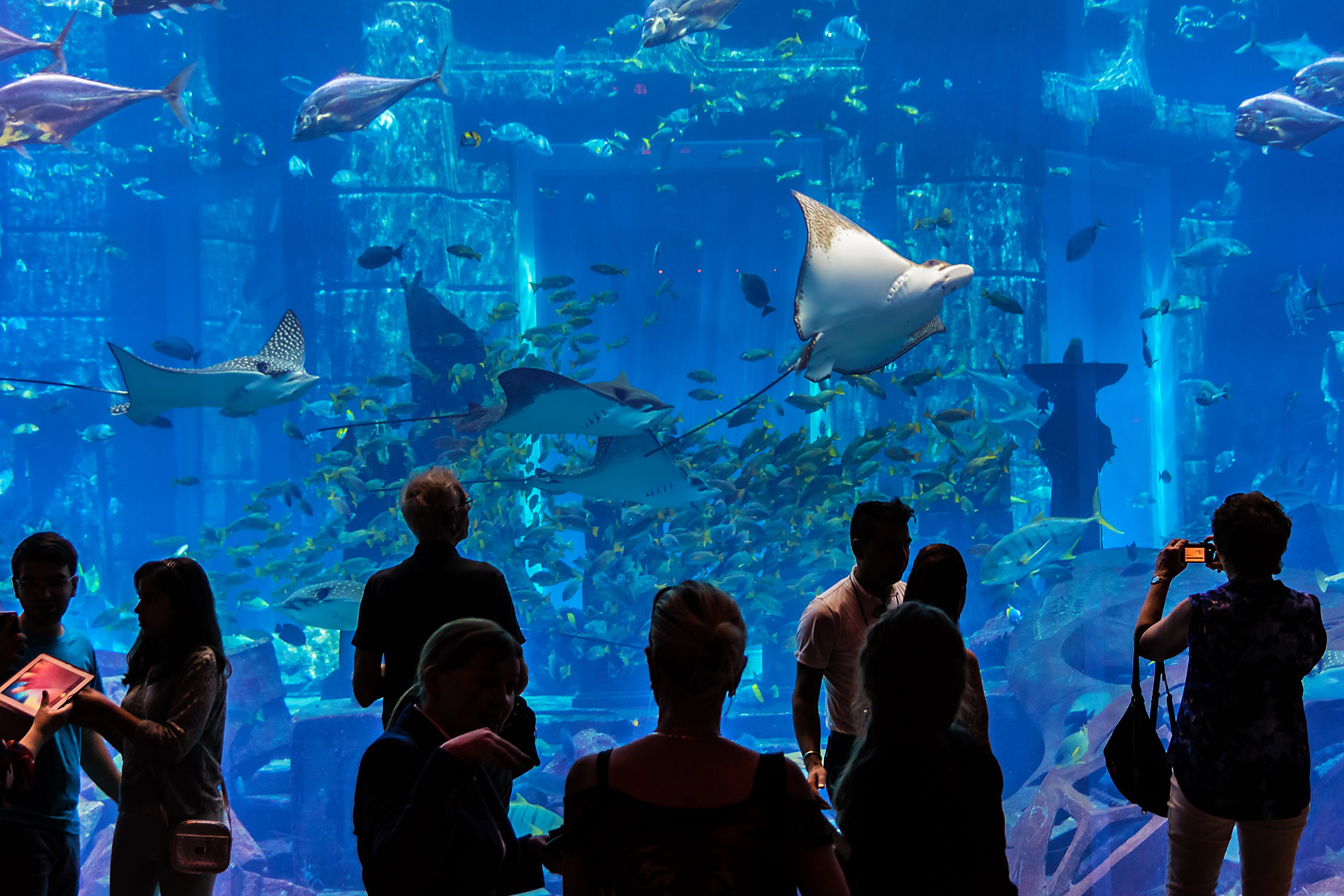Future Humans Will Colonize the Deep Sea

Credit to Author: Becky Ferreira| Date: Tue, 31 Oct 2017 12:00:00 +0000
This is a companion piece to this week’s Terraform, “ABYSSAL.”
Merpeople. Selkies. Zoras. The variety of imaginary sea-people, or “piscine humanoids” as they’re known in cryptozoology circles, is immense in fiction and folklore. Just as storytellers have long told tales of hybridized humans who hide deep in forests or among the stars, so too have people dreamed up countless secret civilizations under the waves of rivers, oceans, and lakes.
In “ABYSSAL,” the Terraform by Lorraine Schein, the archetype of the piscine humanoid is reimagined for the Anthropocene age. As the global climate warms, polar ice-caps are melting, sea levels are rising, floods and typhoons are intensifying, and entire communities will soon be underwater.
Schein takes this trend to its extreme, exploring a future in which her protagonist, Katexa, is one “the last humans to defy the ocean’s relentless advance,” along with her family. These last survivors equate life on land with religious integrity, vowing not to abandon their diminishing patch of terra firma. “We stay human, as long as we stay above,” Katexa’s mother tells her.
But not everyone in Schein’s water world made the same commitment to terrestrial living. Rumors swirl that “a contingent of pioneering land humans had set off to erect a colony in the sea’s depths.” By dramatically evolving into deep sea humanoids, this offshoot boosted its odds of survival against the tide of rising seas. Katexa bucks tradition to find and perhaps even join these beings, rejecting her family’s grim resolve to stay on land until the ocean swallows them.
For over a century, transhumanists have speculated that humans might one day occupy other types of bodies, either voluntarily or for survival. For instance, the term Homo spaciens describes speculative future humans adapted to life in outer space or on other planets, while the notion of mind-uploading explores whether individual human consciousness could be preserved in robotic hardware.
In light of our evolutionary background, which features bold tetrapods crawling from ancestral oceans to seed new lineages on land, it’s not too much of a stretch to picture our distant descendants inhabiting very different forms, perhaps even bodies adapted to the deep sea. After all, we have mammalian cousins—seals, whales, dolphins—that are the issue of creatures that returned to the marine habitat after millions of years of life on land.
“ABYSSAL” leverages our ancient fascination with merpeople to dramatize the great environmental challenges humans will face over the coming centuries. In addition to painting an eerie portrait of a future water world, the story also forces us to ruminate on the extent to which our familiar human bodies are essential to our humanity.
Get six of our favorite Motherboard stories every day by signing up for our newsletter .